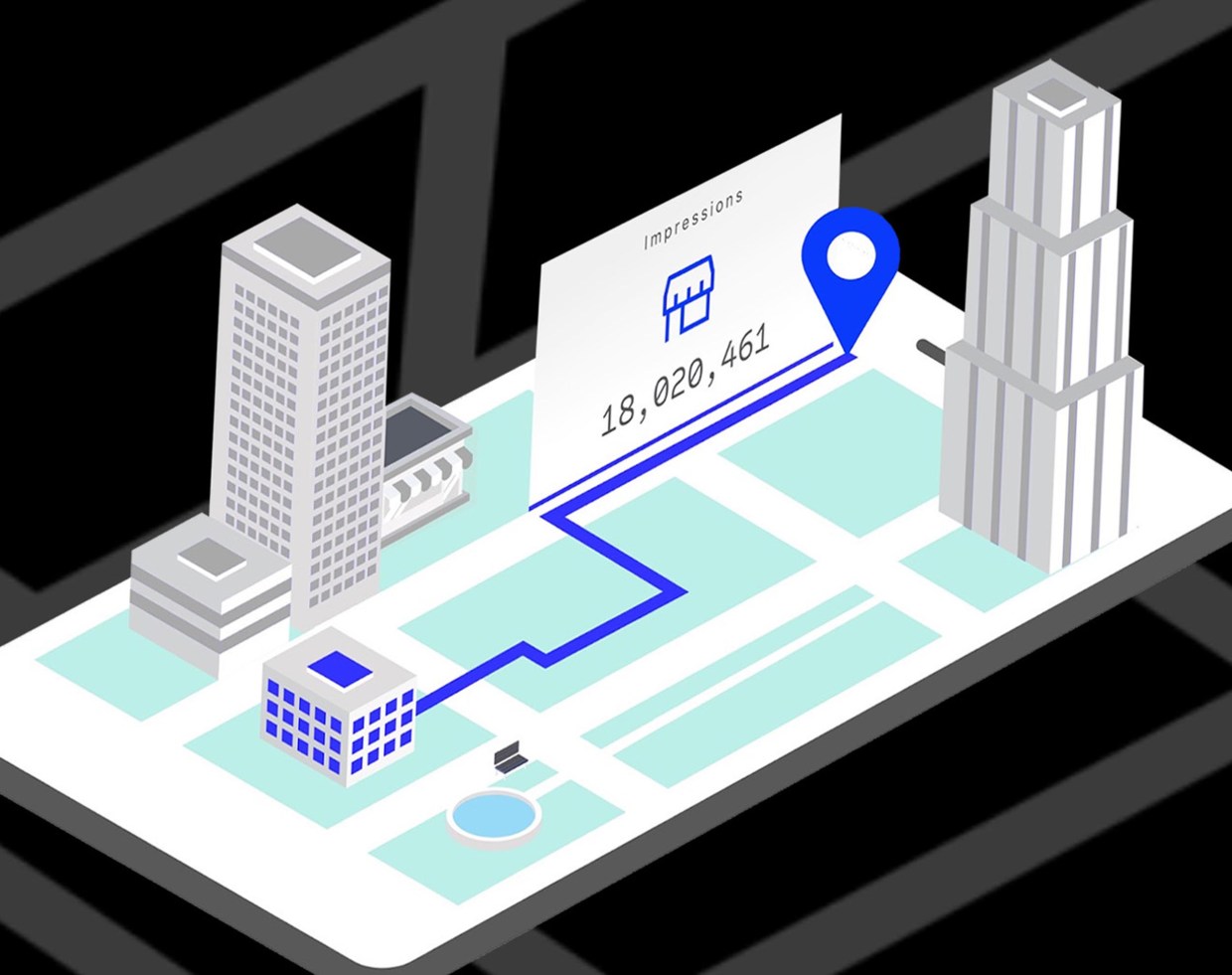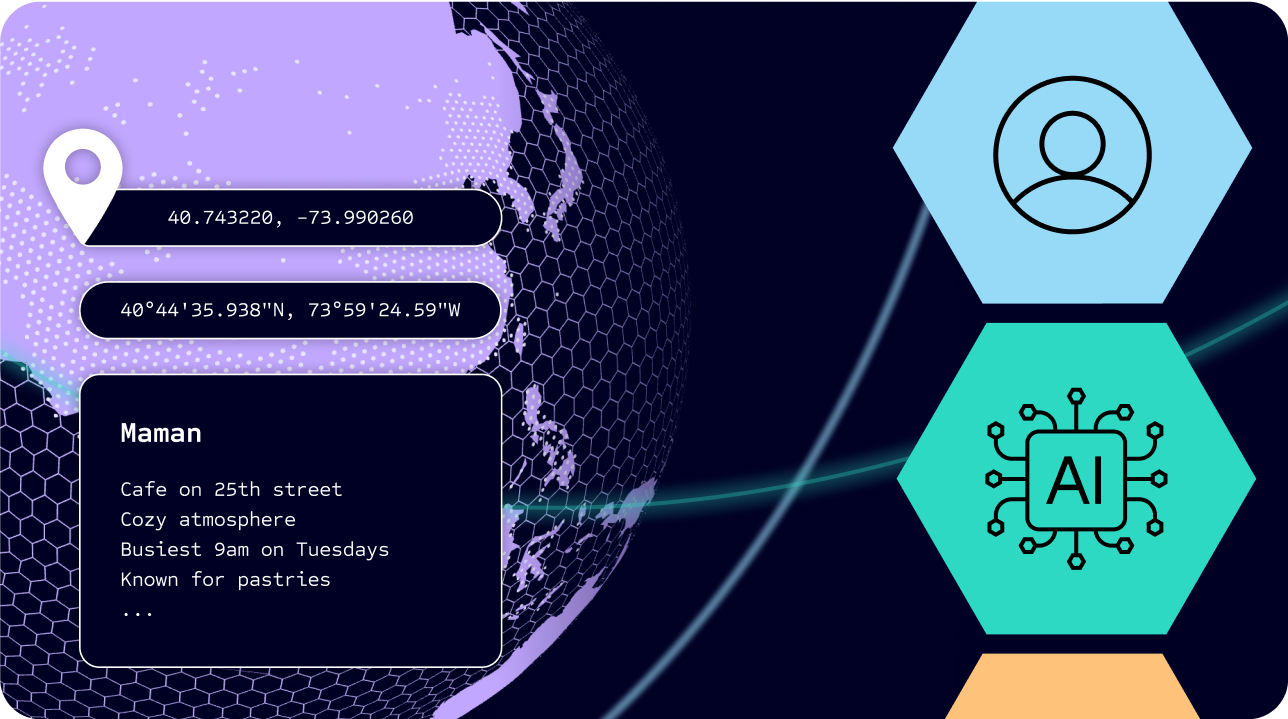Today’s ad campaigns are embracing changing consumer shopping behaviors and adopting omnichannel strategies. In fact, consumers see up to 10,000 ads a day, whether they be on billboards, podcasts, the radio or, most of all, phones. With multiple touchpoints and channels, brands need access to platforms that can offer a holistic view of their customer’s journey in order to create media strategies that work. To meet these ever-changing consumer behaviors, Foursquare has launched Closed Loop Attribution.
Closed Loop Attribution is a new feature within our core Attribution omnichannel measurement solution, offering a holistic view of the customer journey by providing campaign measurement for both online and offline conversion metrics. This feature also eliminates blind spots in conversion tracking and makes it possible to measure all campaign KPIs in a single place – a need that is increasingly critical as consumer purchase behaviors evolve.
What’s new with Closed Loop Attribution?
Closed Loop Attribution is a first of its kind feature. It distinctly measures ad exposure against online and online-offline conversions, allowing brands to measure in-store foot traffic in addition to historical visitation and incremental data for accuracy. By linking campaign exposure to resulting store visits, online shopping, and hybrid purchases, such as click-and-collect transactions or online conversions, Closed Loop Attribution shows brands all omnichannel campaign KPIs across every channel in one unified UI. The end result? A better understanding of how best to utilize ad spend, make optimizations in flight, and ultimately drive results.
How does it work?
New technology can feel overwhelming, which is why Closed Loop Attribution was designed to intuitively deliver key insights through a simple process:
Foursquare’s algorithms and methodology can identify when a user has seen an ad, whether it be it on a billboard, app, or TV.
Using our proprietary, always-on panel of devices, Foursquare matches ad exposures to store visits, online conversions or the sequence of online conversions followed by store visits.
Foursquare also creates a synthetic control group to demonstrate how exposed consumers would have behaved had they not seen an ad. By giving brands the ability to use historical visitation and incremental data, Closed Loop Attribution accurately reflects true campaign influence, whereas competing attribution tools show false correlation between existing customers and media exposure.
Closed Loop Attribution shows incremental lift by only highlighting customers who are influenced by a business’ ad. This means brands do not see customers who would have already gone to their store or visited their website included in the measurement of their lift.
Closed Loop Attribution IRL:
Hybrid conversions: Businesses can use Closed Loop Attribution to combine online and offline shopping behaviors and closely understand a customer’s path to purchase across both purchasing styles. Especially ideal for retail, CPG and QSR businesses, you’re able to measure store visits after consumers are exposed to media and complete an online conversion event. Some examples include booking service appointments online then visiting businesses or picking up in-store after placing online orders.
Online conversions: This feature can also be applied for solely online behaviors that aren’t tied to store visits. Marketers are able to measure an online conversion event after being exposed to media and how that may or may not correlate to store visits. Think online orders or loyalty program sign-ups. The end result? A deeper understanding of online behaviors and how best to cater to them.



